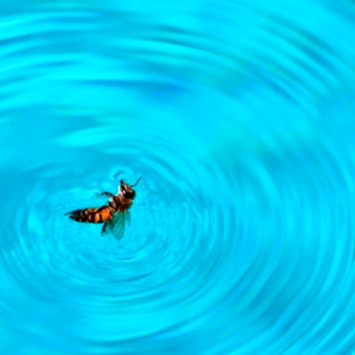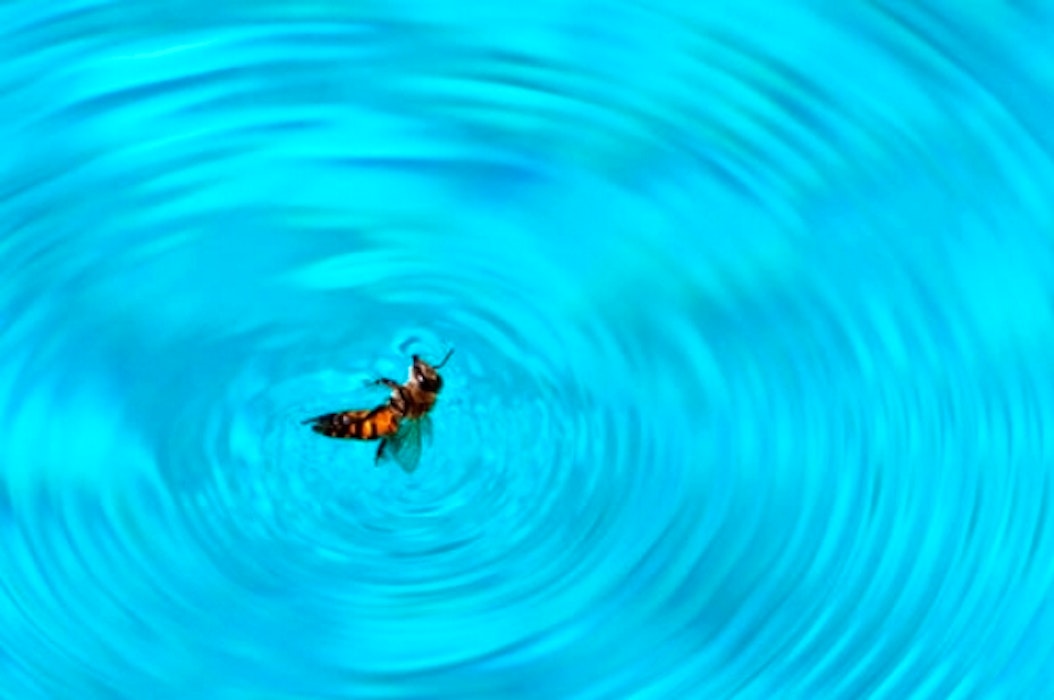Ask a Naturalist: How do animals stay cool in the summer?
Discovery Place Nature

Whew, is it hot!
When we feel too warm outside, many of us can scoot inside into the chilly air conditioning. But what about all the wild critters? How do they manage to stay cool in the blistering Carolina summer?
Fear not — animals have adapted all sorts of behaviors and physiological mechanisms to help them keep cool on even the hottest of days. Let’s take a look at some local creatures that have learned to beat the heat in surprising and incredible ways.
Take, for example, the bee. Have you ever thought that a bee might get a bit hot after working hard all day collecting nectar? Bees keep their hives cool by beating their wings to fan off the larva and each another.
In mid-flight, a bee may also need to cool off and they do so by taking a swim. That’s right — bees will often take a dip to cool their bodies down during the day. Providing bees with the opportunity to take dip in a bird bath is a great way to help our pollinators, so consider putting one in your native plant garden this summer. They’re not just for birds!
Reptiles are cold-blooded and more prone to overheating than warm-blooded animals due to their reliance on their environment to regulate their temperature. If out in the direct heat too long, they can overheat easily. In order to stay cool, snakes, lizards and other reptiles will hunker down during the peak of the day, under rocks, logs, burrows they’ve dug or found, or even near a water source.
Lots of animals seek water to cool off, much like the bee. Birds of all kinds can be seen bathing in ponds, lakes and even the puddle on the side of the road to rehydrate and cool down.
Ducks have big webbed feet not only to help them swim, but also to cool off. Blood vessels run through their webs and when extended, the vessels are more exposed to the cool water, allowing the duck to more quickly cool off. In the winter, the duck will paddle its feet less and hold them closer to its body, thus reducing the amount of exposure to the frigid water.
Butterflies, too, are often found in large numbers exhibiting a behavior called puddling, where they walk through shallow, usually muddy, puddles. This is thought to help them cool off, as well as collect much-needed nutrients.
Mammals also love a good swim. Deer are surprisingly good swimmers and often are seen wading in bodies of water during high summer.
The next time you’re cooling off at the neighborhood pool, imagine all the wild animals doing the same thing in their neck of the woods!

